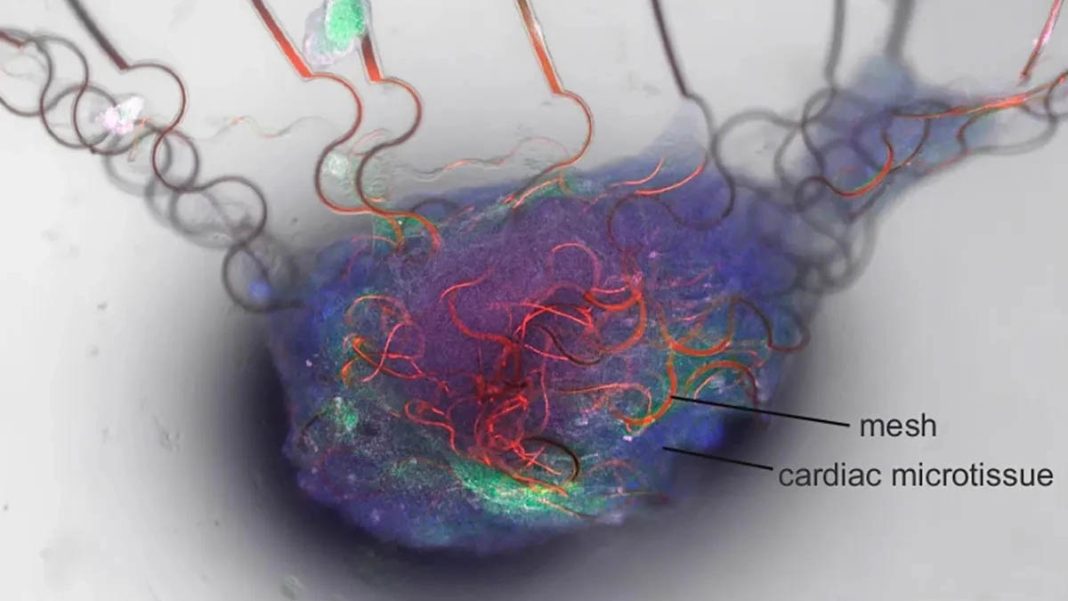Researchers at the University of Massachusetts Amherst (UMass) have developed an artificial neuron that mirrors the behavior of biological neurons with striking precision. Unlike earlier synthetic models, this breakthrough neuron matches size, energy consumption, signal strength, and reaction time to chemical stimuli, bringing science one step closer to merging biology and electronics.
Traditional computer systems consume vast amounts of energy to process data. In contrast, the human brain, with its billions of neurons, operates on remarkably low power. As lead researcher Shuai Fu points out, the energy footprint of the brain is dramatically smaller than that of today’s large-scale AI models like ChatGPT. This new artificial neuron was engineered to emulate that efficiency.
The core of this innovation lies in the use of memristors, or memory resistors, built with protein nanowires derived from the bacterium Geobacter sulfurreducens. These nanowires drastically reduce the voltage required for switching, enabling the neuron to operate at about 60 millivolts and 1.7 nanoamps, nearly identical to natural neurons. Earlier artificial neurons consumed 10 times more voltage and 100 times more energy, making this development a significant leap forward.
The artificial neuron was integrated into a resistive-capacitive circuit, allowing it to replicate key phases of neuronal activity: charge integration, depolarization, firing of an impulse, and repolarization. Remarkably, it even demonstrated a refractory period, the natural pause before a neuron can fire again. Researchers then enhanced the system with chemical sensors that detect ions such as sodium and neurotransmitters like dopamine, enabling neuromodulation similar to real neurons.
To test its performance, the neuron was connected to human cardiac cells (cardiomyocytes). The system successfully recognized biological signals in real time, even responding to norepinephrine-induced activity changes. According to co-author Jun Yao, the advantage of this design lies in its ability to process biological signals without the need for amplification, eliminating inefficiencies found in current wearable sensor technologies.
Although still in early experimental stages, this breakthrough could pave the way for restoring damaged neural circuits, improving brain-computer interfaces, and creating energy-efficient computing systems inspired by the human brain. The team envisions future devices that seamlessly integrate with living tissue, offering new possibilities in medicine, biotechnology, and neuromorphic computing.
Conclusion: The UMass artificial neuron represents a milestone in bridging biology with electronics. By achieving near-perfect imitation of natural neurons in both function and efficiency, it opens the door to medical therapies, real-time biosensors, and next-generation neuromorphic processors that could revolutionize computing and healthcare.






